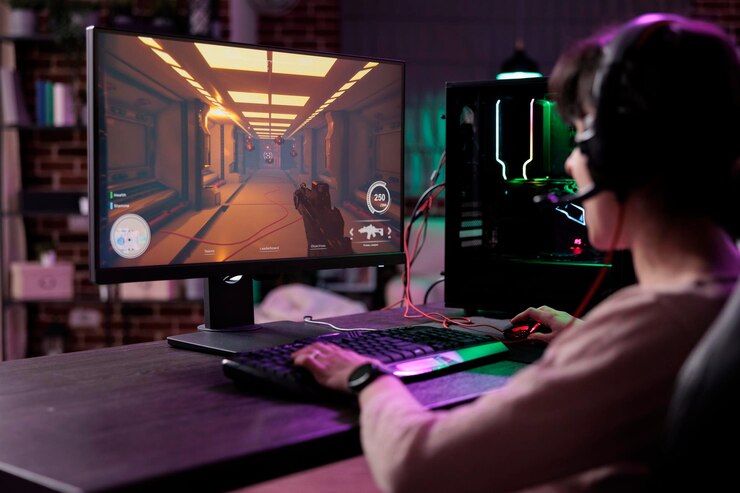Gimkit offers flexibility in how you set up games and assignments, including the option to set time limits for added challenges. However, the way time limits work depends on whether you’re running a live game or utilizing Gimkit Join assignment feature.
Time Limits in Live Gimkit Games
Live Gimkit games, where students compete in real-time, don’t have a built-in time limit for the entire game session. Instead, there are a couple of ways time factors into the gameplay:
- Question Timers: For each question in a Gimkit, you can set a time limit within which students must answer. This encourages quick thinking and keeps the game pace fast.
- Game End Conditions: When creating a live game, you choose an end condition – this could be reaching a certain amount of money, answering a set number of questions correctly, or a combination of both. While not a strict time limit, this approach indirectly controls how long a game will last.
Time Limits in Gimkit Assignments
Gimkit Assignments offer more precise time controls as they are designed for individual practice and review:
- Overall Time Limit: You can set a total time limit for the entire assignment. This means students have that amount of time to complete all the questions in the set.
- Time Limits per Question: Just like in live games, you have the option to add time limits to individual questions within the assignment.
Read More – Are there social aspects to playing on Mathsspot Roblox?
Why Use Time Limits?
There are a few reasons why using time limits in Gimkit can be beneficial:
- Increased Focus: A sense of urgency created by time limits can improve students’ concentration.
- Gamification: Time constraints add to the challenge and enhance the competitive feel of Gimkit games.
- Differentiation: You can use time limits to adjust the difficulty level of assignments for different groups of students.
When Not to Use Time Limits
There are also instances where it might be better to avoid time limits:
- Accommodations: Students with specific learning needs might require extra time for processing information.
- Complex Questions: If your questions require deeper analysis or extensive writing, strict time limits might be counterproductive.
Best Practices for Time Limits
Here are some tips on using time limits effectively in Gimkit:
- Start Small: Begin with shorter time limits and gradually increase them as students get accustomed to the pace.
- Adjust for Question Types: Give longer time limits for open ended or more challenging questions.
- Provide Feedback: Let students know why you’re using time limits and how it can help them develop quick recall and focus.
You May Also Like – To sign in to your Samsung account with a verification key Via signin.samsung.com/key/.
Conclusion
Gimkit provides flexible options when it comes to time limits, allowing you to tailor them to your specific lesson goals and student needs. Using time limits strategically can enhance the game dynamics and challenge students, but it’s important to be mindful and allow for flexibility when necessary.
Also Read :
- SEO Tools guide
- Core Web Vitals guide
- Digital Marketing guide
- Top 5 Benefits Of Social Media Automation
- What Are The Benefits Of Search Engine Marketing (SEM)?

